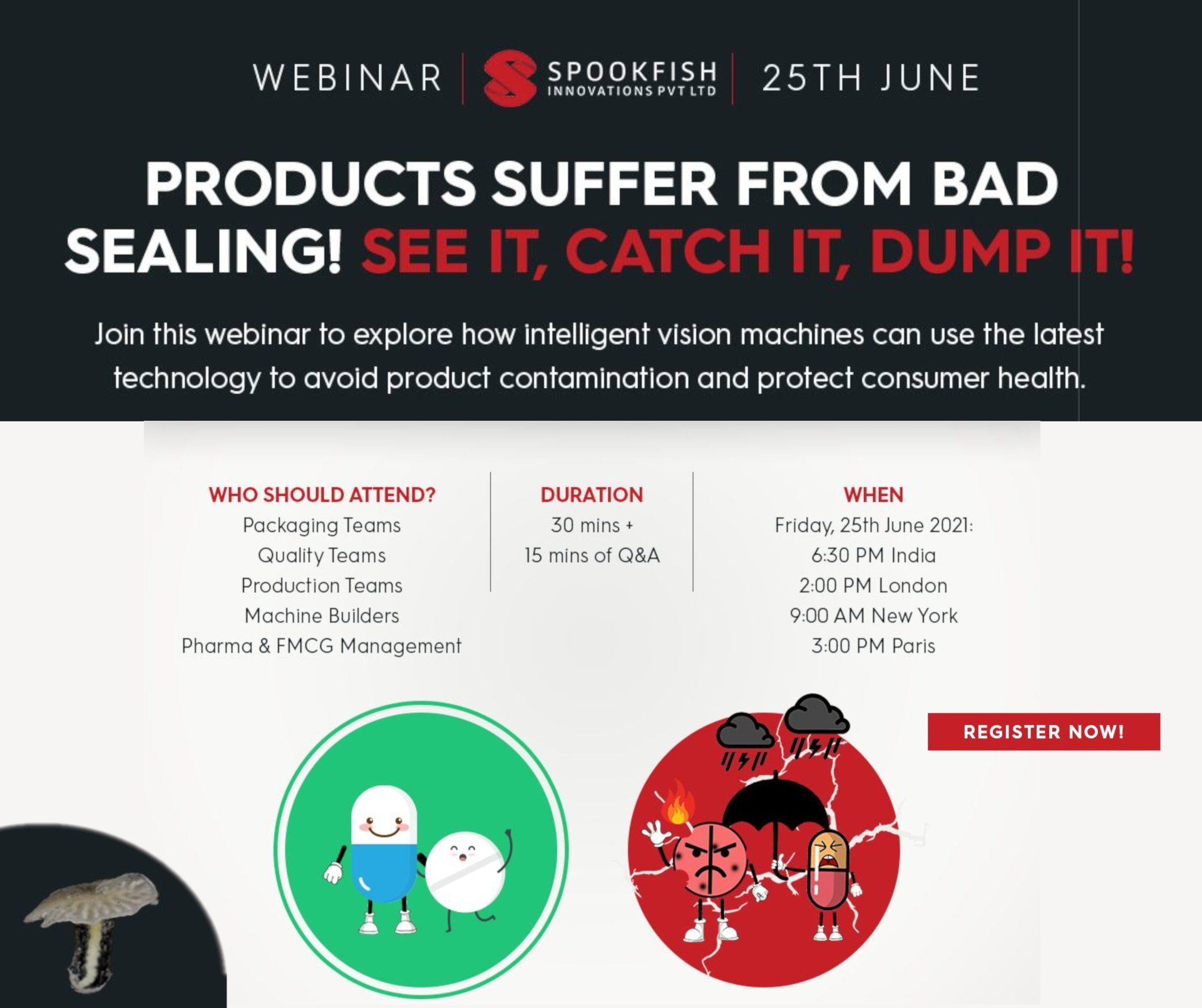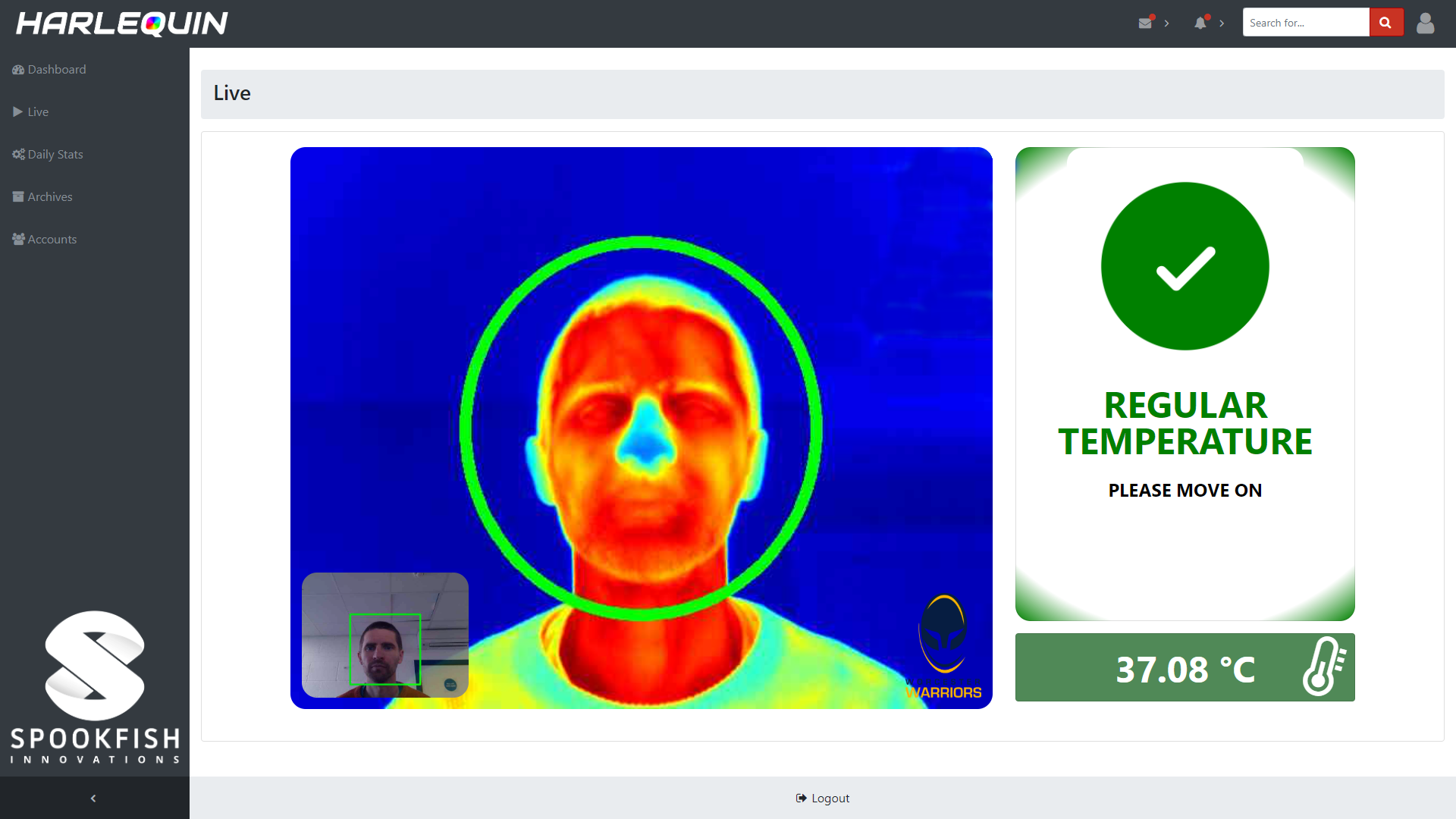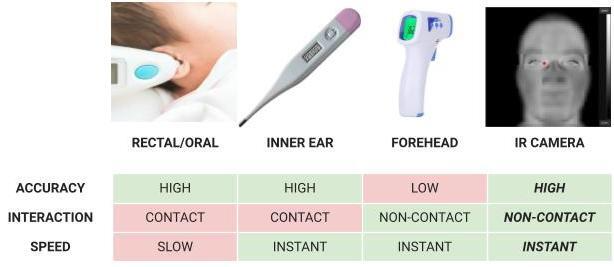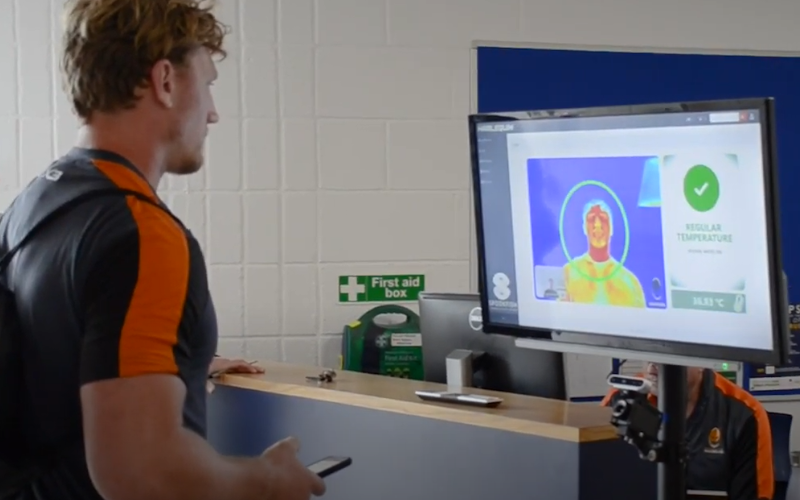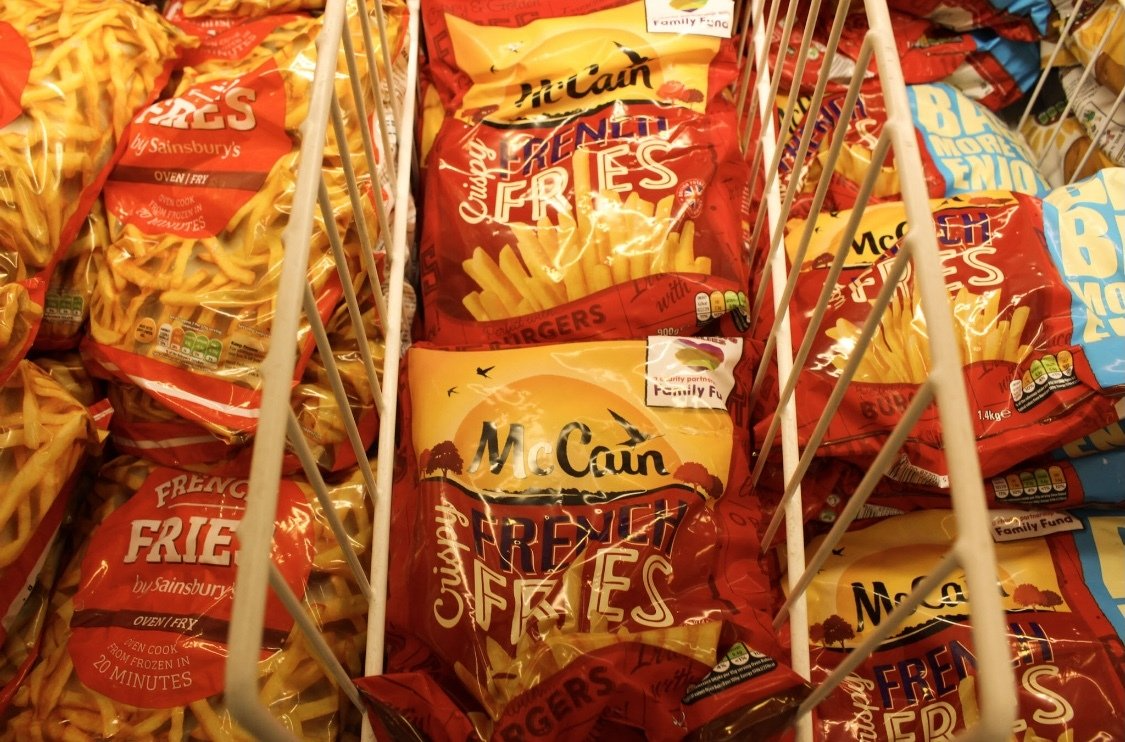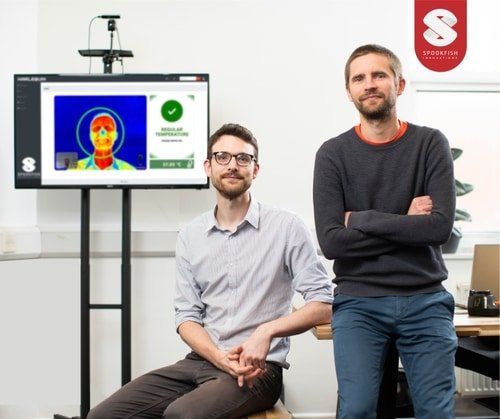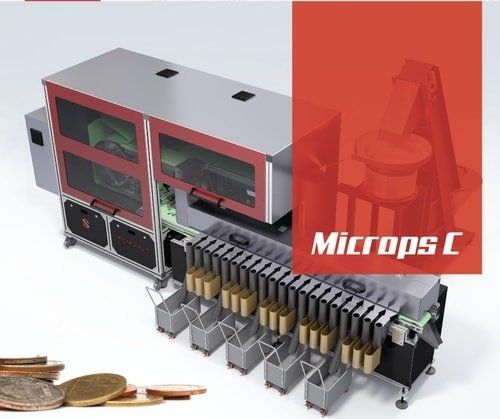HARLEQUIN: FEVER SCREENING
Over half a million people have been screened with Harlequin!
The COVID-19 pandemic has had a tremendous and lasting impact on how infectious diseases will be perceived and treated. One effect of the pandemic will be the increased need for urgent examination of people with COVID-19 symptoms so they can begin to be isolated, which will reduce potential risk to the general public.
A significant challenge that authorities will face in public spaces is that symptoms may not be obvious to an observer, i.e. someone with a mild fever or a nagging cough may not appear ill, but may be symptomatic. For example, fever is one of the most common symptoms of COVID-19, yet a fever can be “invisible”. This brings about an urgent need for screening machines which are capable of identifying symptoms that are invisible to the human eye to help prevent the potential spread of infection.
Traditional methods of temperature measurement are contact-based and generally require a few minutes to obtain an accurate measurement. Despite instant, non-contact technologies becoming commonplace, not all of them are safe or accurate. The table shows a comparison of a few methodologies for temperature measurement.
Presently, there is an urgent need for a
fast, non-contact and precise mechanism
for fever screening, whilst ensuring that the person operating the machine remains safe from the risk of infection.
Infrared (IR) cameras, also commonly known as thermal cameras, measure temperature by capturing the infrared irradiance of any object, including humans. These cameras are suitable for long periods of continuous running, particularly ideal for cases where every individual entering a crowded space needs to be screened.
These cameras are:
- FAST: capturing up to 60 frames per second
- NON-CONTACT: measurements are taken while the subject is 0.5 m to 1.0 m away
- PRECISE: with sensitivities as low as 30 mK (or 0.03°C)
However, thermal cameras come in many forms and models, and not all of them are suitable for fever screening. The WHO has provided clear guidelines as part of the ISO/TR 13154 and BS EN IEC 80601-2-59 standards, to which any device for human febrile screening must adhere.
The past 2 to 15 months have seen the influx of several technologies that use thermal cameras for fever screening. However, not all of these are safe/precise as they do not adhere to the above WHO guidelines, and do not address the complex intricacies of thermography.
Spookfish Innovations have built on their experience with thermography, to put together a compliant and cost-effective fever screening system. The name “Harlequin” was inspired by the fish that bears the same name and shows off colours similar to visual representations of the infrared spectrum.
Harlequin uses computer vision to accurately detect faces in focus, followed by precise localisation of the subject’s inner eye corners (inner canthus), where strong correlation to core body temperature is then measured. The face and eye detection algorithms are powered by the latest machine learning technologies. Furthermore, the system seamlessly integrates with existing access control systems to ensure that anyone suspected with high temperatures are not immediately allowed to enter the premises.
Spookfish’s prior experience in working with the pharmaceutical industry has helped make Harlequin a secure system, with watertight measures in place to ensure that there is no manipulation or leakage of screening data stored on the server. At the same time, screening reports and audit trails can be easily generated with a few clicks.
These systems have already been deployed across many countries including in Europe, Asia and N. America, to ensure the safety of factory workers and persons in spaces with large numbers of people. So far, over half a million people have been screened for an elevated temperature.

